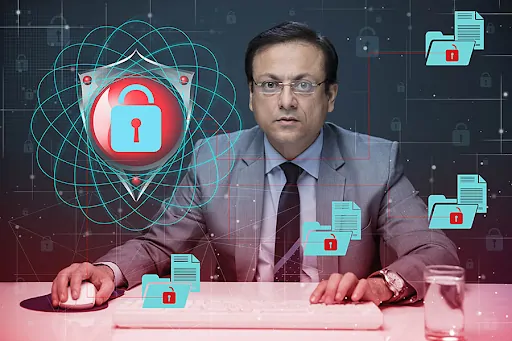Files Over Miles: The Future of Seamless Data Sharing
Traditional methods have been overshadowed by modern solutions that offer faster, more secure, and more convenient ways to share files over miles.

In the digital age, data sharing has become a crucial aspect of our everyday lives. Whether it's for personal or professional use, the need to send files across long distances is ever-present. Traditional methods have been overshadowed by modern solutions that offer faster, more secure, and more convenient ways to share files over miles. This article delves into the best practices and tools that make seamless data sharing possible.
Why File Sharing Over Long Distances Matters
With globalization, remote work, and the rise of cloud technologies, sharing files across borders has never been more important. Businesses need to collaborate with international partners, and individuals need to send large files to friends or family in different countries. The challenge lies in finding methods that maintain file integrity and security during the transfer process.
Top Tools for Sharing Files Over Long Distances
1. Cloud Storage Services
Cloud storage services like Google Drive, Dropbox, and OneDrive have revolutionized file sharing. They allow users to upload files to the cloud and share them via links. These services are perfect for sharing large files and offer robust security features like encryption and two-factor authentication.
2. File Transfer Protocol (FTP)
FTP remains a reliable method for transferring files over long distances. Although it's an older technology, it's still widely used in industries that require the secure transfer of large data sets. FTP offers more control over the file transfer process and is suitable for businesses that prioritize security.
3. Peer-to-Peer (P2P) File Sharing
P2P file sharing, popularized by platforms like BitTorrent, allows files to be shared directly between users without the need for a central server. This method is highly efficient for sharing large files quickly, though it requires caution due to potential security risks.
4. Email Attachments
While not the most modern method, email attachments are still widely used for smaller files. Most email providers limit attachment sizes, so this method is best suited for files under 25MB. It's a simple and accessible option for many users.
Best Practices for Secure File Sharing
1. Encrypt Your Files
Before sending sensitive information, ensure your files are encrypted. Encryption adds a layer of security, making it difficult for unauthorized users to access your data during transmission.
2. Use Strong Passwords
If you're sharing files through services that allow password protection, always use strong, unique passwords. This reduces the risk of unauthorized access to your files.
3. Keep Software Updated
Always keep your file-sharing software and tools updated. Updates often include security patches that protect against the latest threats.
4. Verify Recipients
Ensure you're sending files to the correct recipient. Double-check email addresses and contact details to prevent your data from falling into the wrong hands.
The Future of File Sharing
As technology continues to advance, the methods we use to share files will also evolve. Emerging technologies like blockchain could revolutionize file sharing by providing a decentralized, highly secure method of transferring data. Additionally, faster internet speeds and advancements in cloud storage will further streamline the process of sharing files over miles.
Read more: business coach
Conclusion
File sharing over long distances is a necessity in today's connected world. By using the right tools and following best practices, you can ensure your files are shared quickly and securely, no matter the distance. Embrace the future of seamless data sharing and keep your information protected.
What's Your Reaction?















